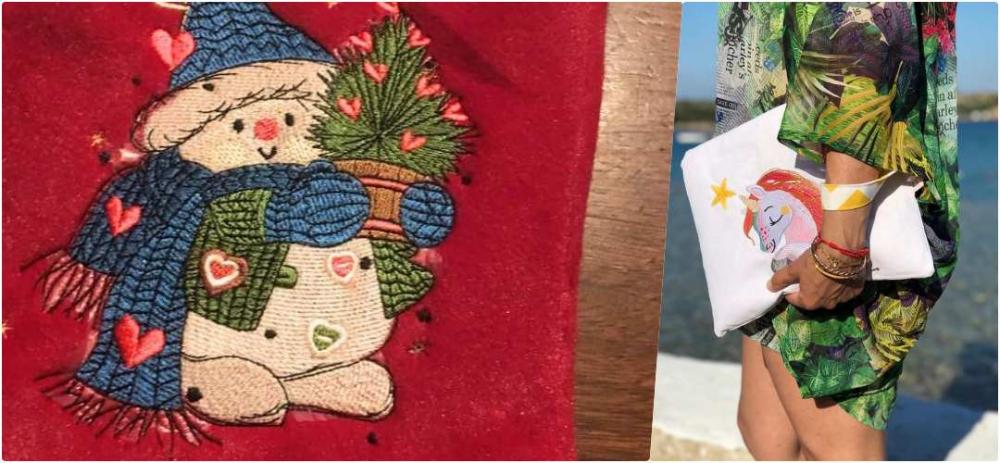Search the Community
Showing results for tags 'woven fabrics'.
-
If you're a modern embroiderer, you know that choosing the right fabric for your designs machine embroidery can be a daunting task. With so many types of fabric out there, it's easy to get overwhelmed and not know where to start. But fear not, this article is here to help you understand the three main categories of fabric used in machine embroidery and which fabrics work best with your embroidery designs. Nonwoven Fabrics: Felt the Way to Go Nonwoven fabrics, such as felt, are made by layering and bonding fibers together mechanically, chemically, or with heat. This creates a thick and dense fabric with no spaces between fibers, making it ideal for embroidery. Felt works well for embroidery because of its thickness and density, but it lacks drape and may pill, depending on the fiber used. While felt's uses in embroidery are limited, it's an excellent choice for creating patches and appliques. Woven Fabrics: Finding Stability Woven fabrics, such as cotton, linen, silk, wool, rayon, and polyester, are made by spinning fibers into yarn and weaving them together on a loom. The way the yarns are woven determines the fabric's weave, with the most common being the plain and twill weave. Woven fabrics have many variables, such as the fibers used, the weave used, and the thickness of the yarns. These factors change how much movement there is in the fabric, with looser weaves having more movement. To stabilize woven fabrics, use spray starch and lightweight interfacing to make them more stable for embroidery. And always use the right stabilizer for your project, as shown in the photos above, using the correct stabilizer can make a BIG difference in how your project turns out. Knitted Fabrics: Stretching Your Limits Knitted fabrics, such as French terry cloth, are formed by interloping one yarn and have a lot of stretch and movement, making them the least stable of the three fabric categories. To stabilize knitted fabrics for embroidery, use an iron-on stabilizer for where the embroidery will be placed. Hooping the fabric is also highly recommended as it reduces fabric movement while being embroidered on. Choosing the Right Fabric for Your Embroidery Designs Choosing the right fabric for your embroidery designs is crucial to creating something visually beautiful and functional. Understanding the properties of nonwoven, woven, and knitted fabrics will help you choose the right fabric for your projects. The Fabric Assist Tool: Your New Best Friend One of the greatest innovations available to modern embroiderers is the Fabric Assist Tool found in Hatch embroidery software. This tool allows you to change the dimensions of an designs machine embroidery at the click of a button to best suit the fabric type you're embroidering on. The Fabric Assist Tool is essential because different fabric types require different density and underlay settings for clean looking embroidery. Learning how to digitize your own embroidery designs or using intelligent software like Hatch can help you create the perfect design for your chosen fabric. In conclusion, choosing the right fabric for your embroidery designs is essential to create something both visually beautiful and functional. Understanding the properties of nonwoven, woven, and knitted fabrics, using the right stabilizer, and using the Fabric Assist Tool in Hatch embroidery software will help you take your embroidery to the next level. So, go ahead and experiment with different fabrics and techniques, and have fun creating unique and stunning designs machine embroidery !
-
- nonwoven fabrics
- knitted
-
(and 3 more)
Tagged with:



